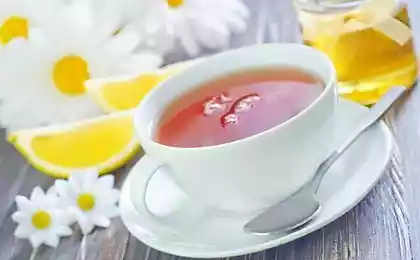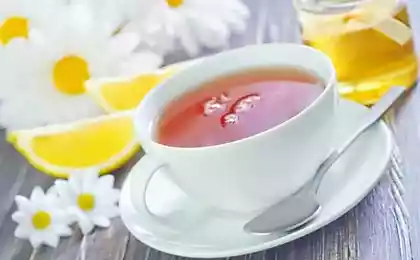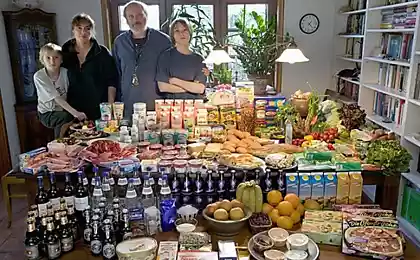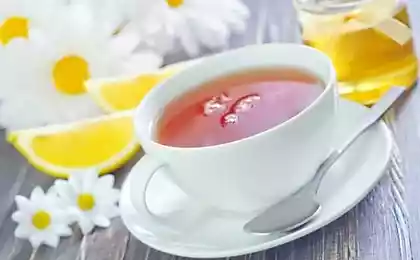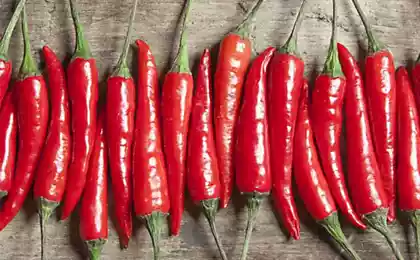648
13 facts about tea
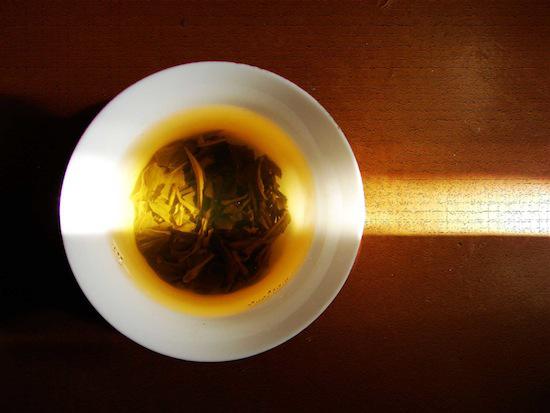
1. All sorts of green and black tea made from the plant Camellia Sinensis.
2. The tea should be stored in a cool, dry, dark place, preferably in a metal can or glass jar. Do not store the tea longer than a year to avoid damage and loss of flavor.
3. A cup of tea contains half the caffeine than a cup of coffee. You can remove 80% of the drink caffeine if flood tea with boiling water, wait 30 seconds, and will merge liquid. You can then pour the tea fresh portion of boiled water and brew 5 minutes.
4. The word "tea" in English and related languages (tea) comes from the name of tea in a Chinese dialect Amoy - Te (pronounced Tay). The Mandarin word for tea - Cha. From it came the word Char, Chai and other similar. Apparently, using one or another name, depending on who supplied the tea in one country or another. Some countries use both versions.
5. You can often read that tea drinking has a Chinese Emperor Shen Nung almost 5000 years ago, it is determined that the tea leaves are thrown into the water, turning it into an invigorating drink. However, the evidence supporting these facts there. The first mention of the use of tea refers to the 4th century AD. Scientists thus believe that tea drinking began many centuries ago in Asia. There it has been used for medical purposes, in the form of dried leaves, with the addition of onions, mint, orange, ginger. Brew tea with boiling water began during the Ming Dynasty (14-17 centuries). Thus, the use of tea in the modern sense began less than 700 years ago.
6. iced tea was invented in 1904, when the exhibition in Saint Louis was represented by Richard Brand Blechynden (Richard Blechynden). Iced tea has become so popular around the world, though before that iced tea drinking in America in the early 19th century. Interestingly, 80% of tea in the states sold as a refrigerated beverage.
7. Who invented the tea bag? Legend has it that the supplier from New York, Thomas Sullivan found that the expensive shipping tea in cans. So, in 1904 he began to sell tea in paper bags. One customer accidentally dropped the bag into the water and found that it turns a good tea. The story is beautiful, but the patent for tea bags is dated 1903 year. Most tea connoisseurs believe that the invention of the tea bag worsened the taste and properties.
< 8. Prior to the 18th century in Europe, we believed that green and black tea are made from different plants - the Chinese manufacturers hid the secret of their manufacture. Tea plants began to be delivered from China until the early 19th century, along with recipes for the production of tea. A little later, the British found wild tea in India, he was named Camellia sinensis. Because of this plants get as black and green tea.
9. The tea is made in 5 steps:
The upper leaves and flowers are collected arms.
Plucked leaves are left to dry for a day.
The leaves are rolled between metal rollers to mix the flavors within the sheet for better flavor.
Break in the leaves are left in the open air for oxidation.
"Oxidized" sheet is heated to stop further oxidation and to remove any remaining moisture.
10. You know the difference between the production of black tea from green? Green tea is steamed prior to oxidation to destroy enzymes. These enzymes during the oxidation of black tea change its color to black and give the appropriate "tea" taste. About 75% of the world's tea leaf to black tea, the remaining 25% - green.
11. Some varieties of black and green tea are further processed - for example, the addition of bergamot oil (inedible citrus fruit) in black tea makes it a sort of Earl Gray Tea.
12. Tea is grown mainly in five countries - China (almost 80% of green tea), India (mostly black), Sri Lanka (often called Ceylon, the birthplace of tea Lipton), Japan (various exotic teas) and Taiwan (different varieties of green tea).
13. The tea contains many antioxidants, with moderate consumption improves the immune system, helps in the prevention of cancer and cardiovascular disease.
Source: www.mindhobby.com
via factroom.ru
Cotton swabs are not meant for ear cleaning
Hugh Jackman Wolverine character realized, when I took ice-cold shower

